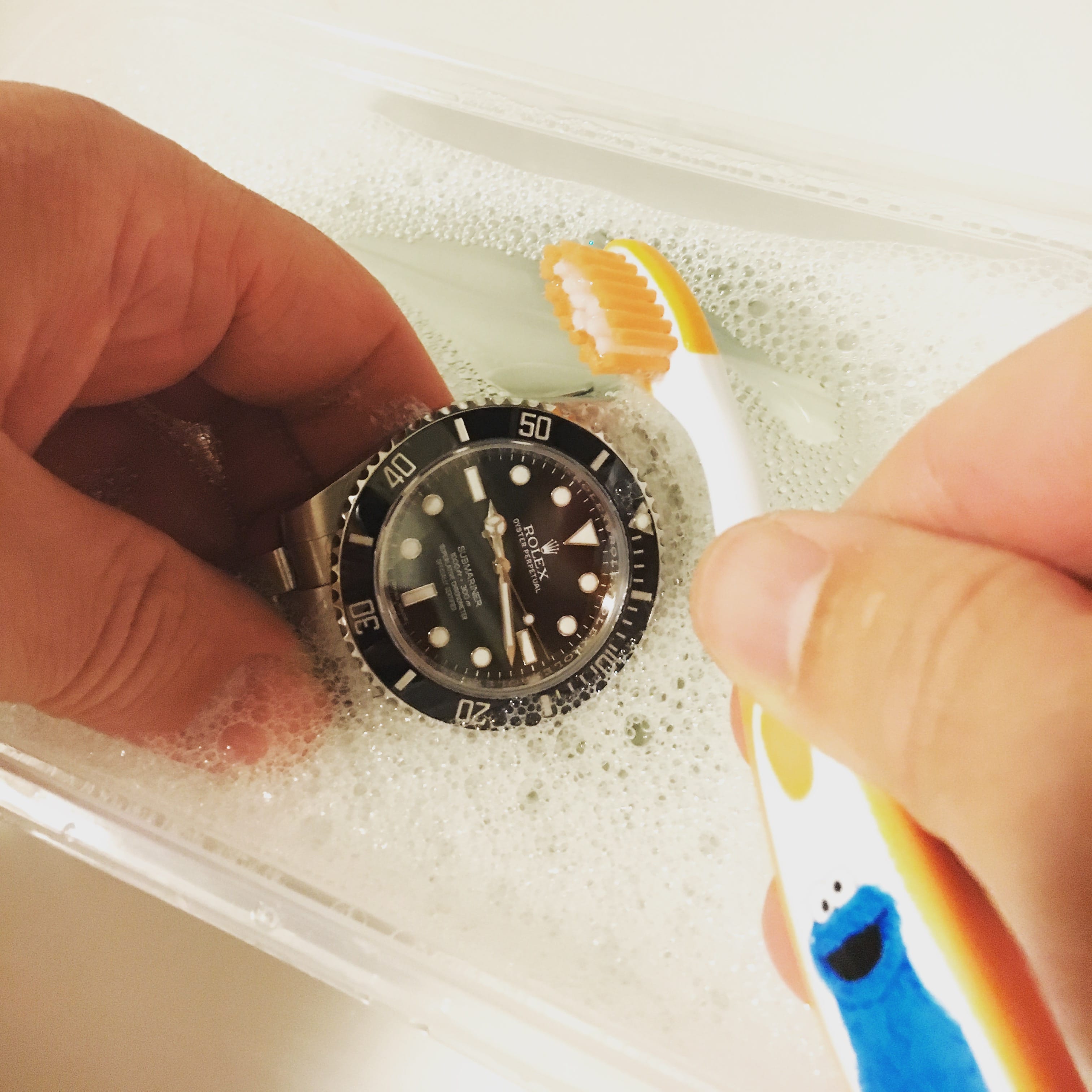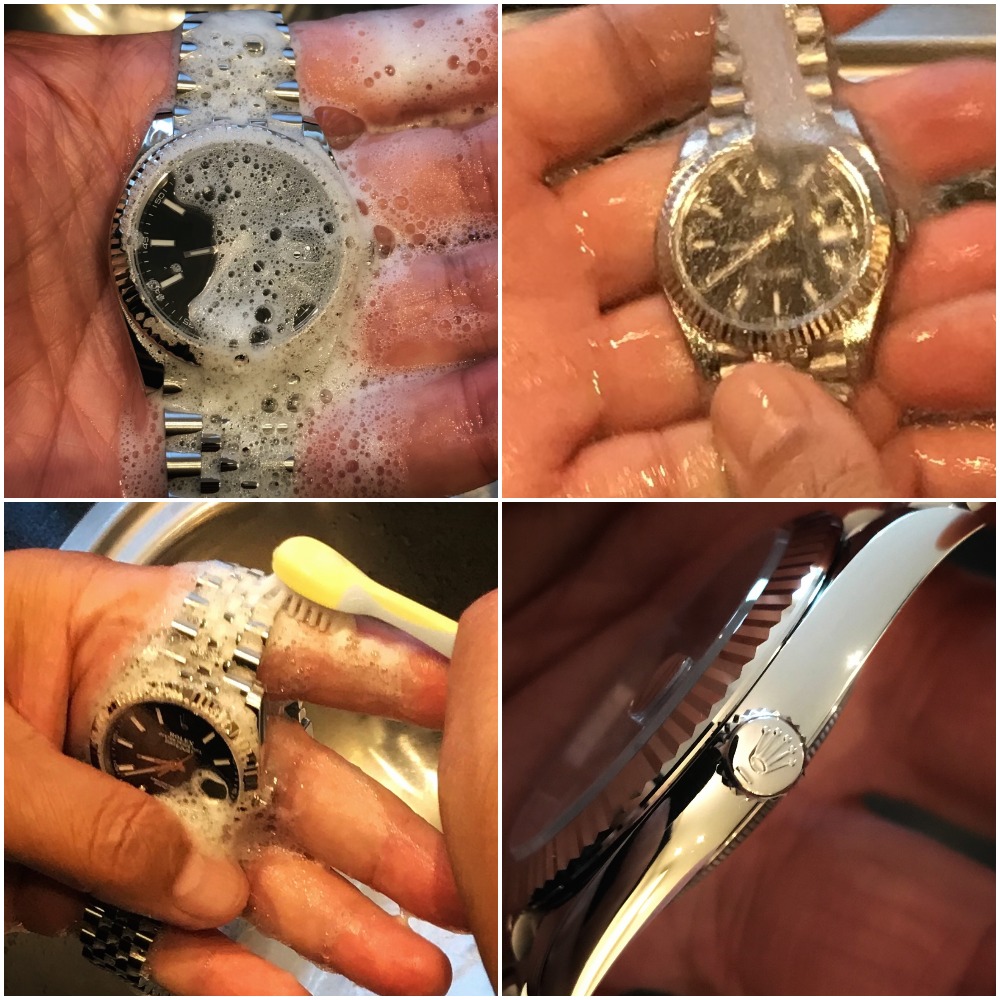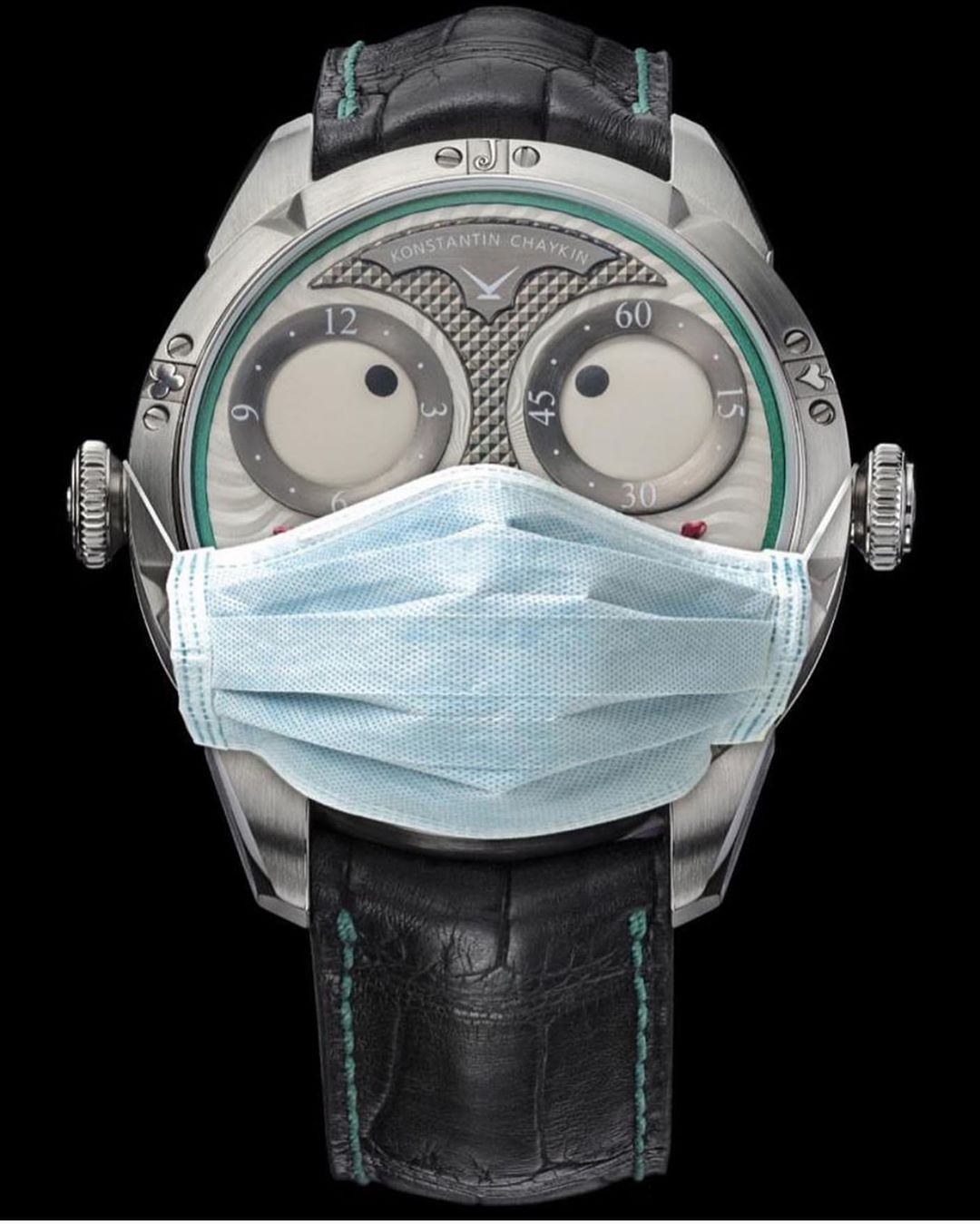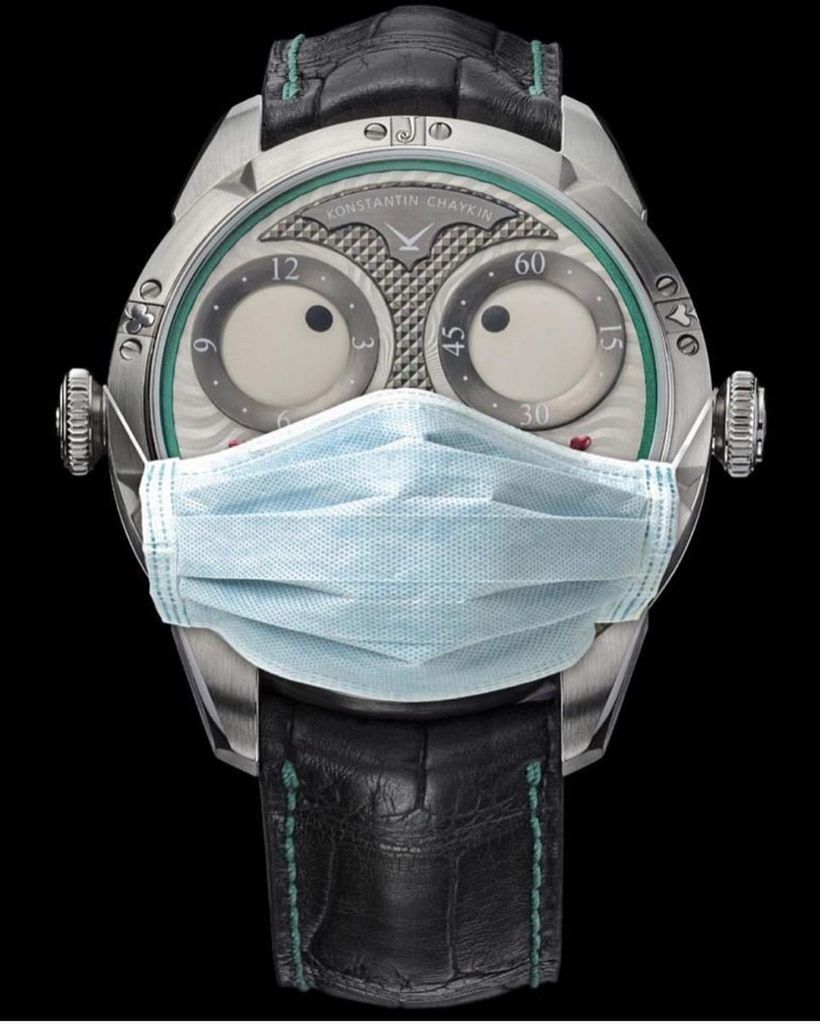Could your watch give you COVID? Expert reveals why your timepiece could increase your chances of infection and how to stop it
Luke BenedictusYou’re washing your hands multiple times a day. You’re trying to social distance wherever possible. You’re taking such precautions in order to minimise the potential spread of COVID-19. But what are you doing about your watch?
Think about it for a second. Your watch accompanies you practically everywhere, it’s in direct physical contact with your body and the outside world and you rarely wash it (if ever). It’s therefore never going to be an entirely sterile object. That was emphatically demonstrated by a February study when the Department of Biological Sciences at Florida Atlantic University swabbed 20 watches for germs. Four of the watches were found to have E. coli on them while nine watches harboured staph.
None of which is particularly savoury. But in the middle of a global pandemic the stakes have got significantly higher. After all, research published in The New England Journal of Medicine found that microbes of coronavirus can linger for up to 72 hours on stainless steel surfaces.
So could the watch that’s glinting on your wrist right now potentially be carrying the virus? That’s the question Time+Tide put to Dr Lotti Tajouri, Associate Professor of Biomedical Sciences at Bond University and one of Australia’s leading researchers in the field of molecular genetics.
“I can guarantee you – it’s not even speculation – that if someone does not wash or decontaminate their watch, then we are going to find some microbes on it if I swab it,” he said. “I guarantee you.”
Dr Tajouri is an expert on microbes and biosecurity, having previously worked on international research that revealed how our mobile phones are “Trojan horses” for infectious pathogens like bacteria and viruses. “They’re always with us, we touch those screens for hours and hours a day and basically, we never wash them, never really decontaminate them,” he says.

But Dr Tajouri also suspects that your watch — another device that you’re permanently attached to — may present similar risks. And that’s particularly true if it’s a touch-screen smartwatch that’s in regular contact with your hands.
The germ-spreading potential of watches isn’t new. We were alerted to this story by Brett Coleman, an Australian nurse and Time+Tide reader, who pointed out that in medical circles, a policy known as “bare below the elbows” is generally enforced. What that means is that healthcare workers are commonly recommended to keep their hands, wrists and forearms totally naked to prevent the spread of infection. This isn’t solely because your watch or jewellery could harbour and transmit microbial nasties, either.
“Hand-washing is integral to mine and all health professionals’ practice,” Coleman says. “Bracelets and watches just aren’t worn at work. It’s not good practice. It’s not practical when you are scrubbing your hands a dozen times an hour. And hospital policies prescribe it.

“You can’t wash your hands effectively if you are wearing a watch,” he continues. “Why? Well, the last part of the hand-washing procedure is a circular scrub of your wrists and adjacent forearm. Aside from the fact that your watch is an obstacle to that, I would suggest that we just don’t wash our hands as vigorously when we wear our watches. We worry about splashing it, getting watermarks on the band, trapping moisture under the watch after we have wiped our hands. Consciously or subconsciously your watch is an impediment.”
Dr Tajouri points out that if you wash your hands properly then you should eradicate any lurking germs. But wearing a watch could undo this good work in the entirely likely event that it gets bespattered with droplets of water.
“If a watch that is not decontaminated is splashed with water and this water then leaks down back to the hands while it’s contact-proactive, this water might transport the microbes from the surface of the watch back to the hands,” Dr Tajouri explains.

“It’s very important after you’ve finished washing your hands to dry them [and your watch] really well. You don’t want to leave any humidity or droplets.”
Fortunately, the solution to all this is simple and, better still, you don’t have to stop wearing your watch. What you should do is to clean your watch daily to ensure it’s not carrying any microbial passengers.
Dr Tajouri’s recommendation is to use alcohol-based wipes or sprays containing at least 70 per cent isopropyl alcohol to clean your watch and then dry the surface thoroughly with a soft cloth. For an in-depth guide on how to sanitize your watch – even if it’s been accidentally eaten by a dog (!) – click here.
As the pandemic drags on, you need to stay vigilant and look after yourself. But you also need to watch out for your watch.





